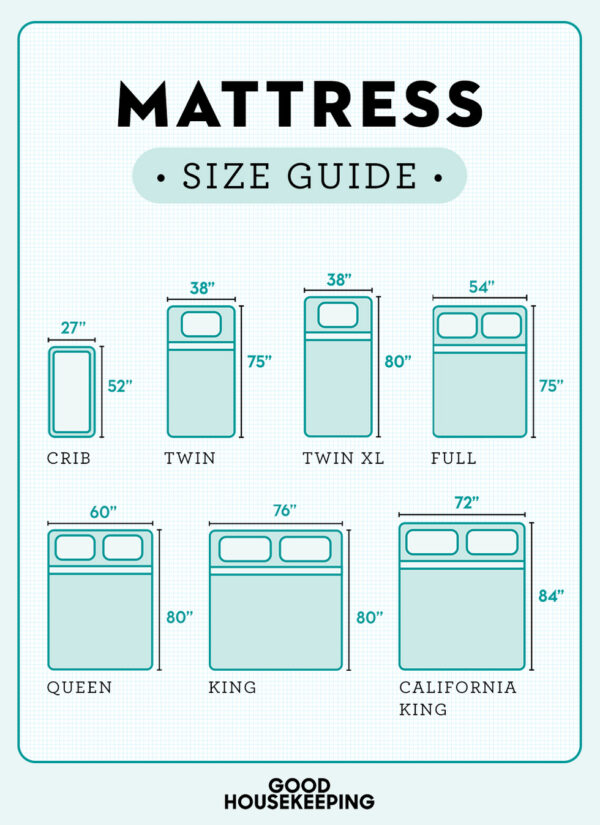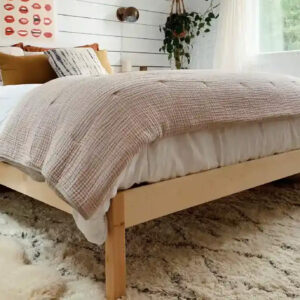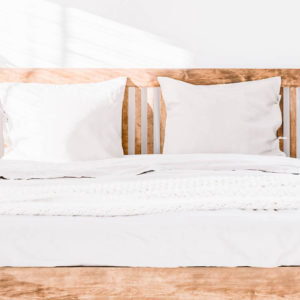Organic Mattresses
 Why would you want an organic mattress?
Why would you want an organic mattress?
You may be surprised to learn that a wide array of hazardous industrial chemicals are found in most of today’s mattresses, including benzene, toluene, phosphorus, formaldehyde, vinyl, pentaBDE, antimony, PVC, phthalates, pesticides, polyurethane and chlorine. These chemicals can cause a variety of health problems including insomnia; irritation of skin, eyes, throat and lungs; allergies and chemical sensitivities; and some are known carcinogens! Since many of these chemicals off-gas into the air and we sleep in such close proximity to our mattress, we are exposed to these toxins for a significant period of time every day. The body stores many of these substances in fatty tissue, including the brain, where they are suspected of contributing to chronic brain disorders that are becoming epidemic in the older generation.
Many researchers also believe that environmental toxins, especially those found in today’s weather-sealed homes, play a significant role in the increase in childhood disorders such as ADD/ADHD, autism, asthma and cancer. And the toxic gases given off by baby mattresses have been implicated in SIDS/crib death. For more information about what makes a mattress healthy, see Environmental Working Group’s Healthy Home Guide for mattresses.
What is natural latex or rubber?
There is a lot of confusion about natural latex and rubber products. Unfortunately, just as in other industries like food and cosmetics, the term natural can be used to describe any product that contains natural ingredients. And since the word is not defined by law, some mattress companies call blends that contain a large percentage of synthetic latex “natural” because they contain some natural latex. Most people refer to rubber mattresses using the term latex. Technically, latex is the milky fluid produced by the cells of the rubber tree. It goes through a process called vulcanization to create rubber. On our website we use these terms interchangeably.
 Can you afford an organic mattress?
Can you afford an organic mattress?
Assuming a 15-year useful life, the cost for our adult mattresses ranges from 19 to 68 cents a day! We think that’s an affordable price for healthy, chemical-free, restful sleep, don’t you? And just think how much it costs to treat cancer, which is often caused by chronic exposure to toxic chemicals.
What’s the best way to support an organic mattress?
To ensure that your new organic mattress remains non-toxic, and for proper ventilation, optimal support, and maximum longevity, it should be used on a chemical-free slatted wood surface with 1.5 to 3 inches between the slats. Some options include: 1) Place the mattress directly on a natural wood platform bed, such as those from Dapwood. 2) Add an organic cotton/wool covered wood foundation on top of a metal frame or on a bed you already own. 3) For the budget-minded, a roll of wood slats might work on your existing bed frame.
What sizes are available?
Our organic mattresses are made in standard sizes:
Twin: 38×75 | TwinXL: 38×80 | Full: 53×75 | Queen: 60×80 | Std King: 76×80 | CA King: 72×84
Feel free to contact us if you have questions about organic mattresses or how to properly support yours.



